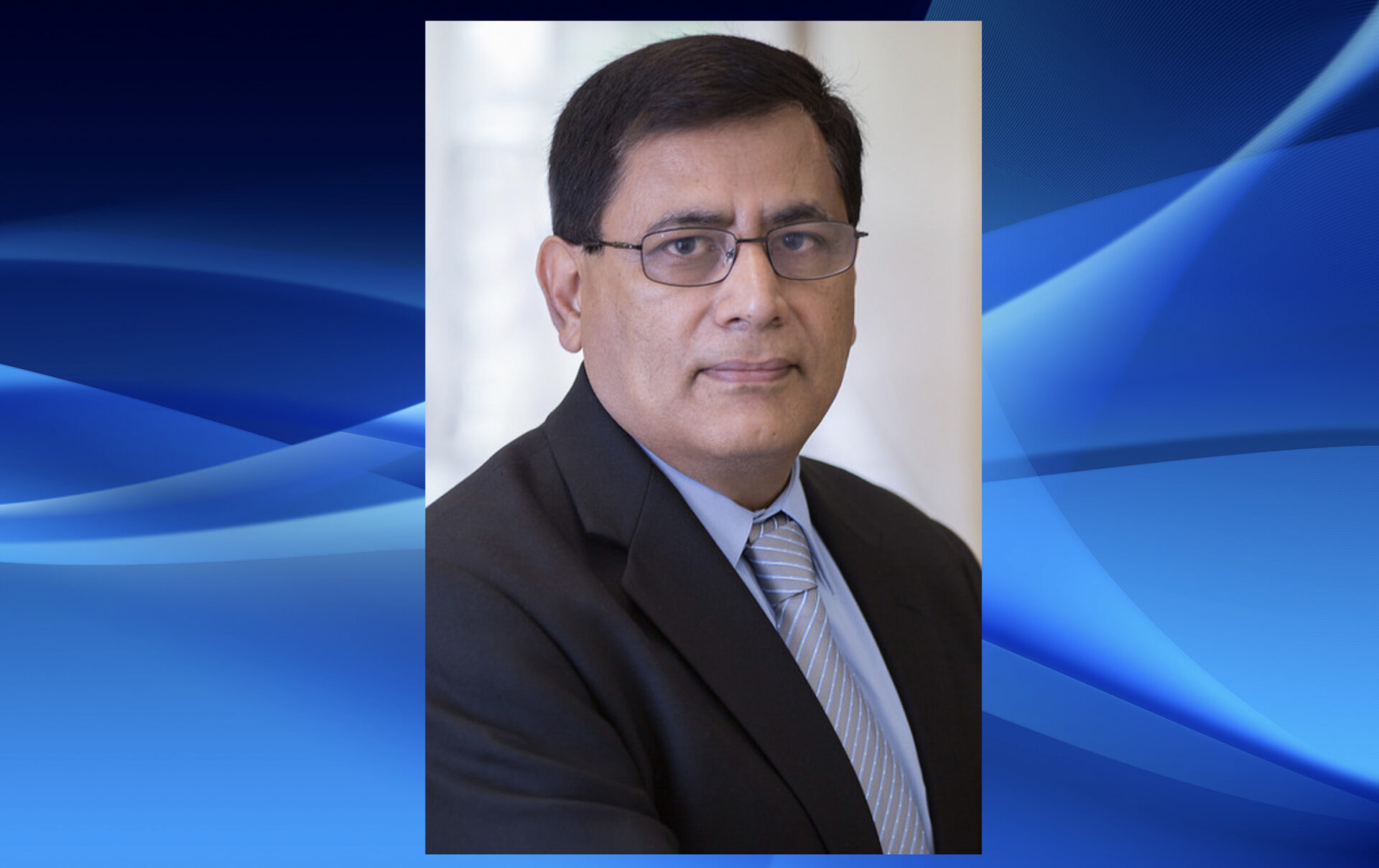Dr. Vohra heads $8 million National Nuclear Security Agency additive manufacturing grant

A University of Alabama at Birmingham (UAB) co-principal investigator for Future Technologies & enabling Plasma Processes (FTPP) has been awarded $8 million from the United States Department of Energy’s National Nuclear Security Agency (NNSA) for UAB research.
Dr. Yogesh Vohra, professor in the UAB Department of Physics and associate dean for research and innovation in the College of Arts and Sciences, will serve as the principal investigator for the NNSA grant. UAB’s cooperative agreement will be for the Center for Additively Manufactured Complex Systems under Extremes (CAMCSE).
FTPP is a coalition of nine universities and a research corporation led by The University of Alabama in Huntsville (UAH) and supported by a $20 million grant from the National Science Foundation (NSF) that aims to transition plasma research into agricultural, manufacturing, space science, space weather prediction and other applications, establishing Alabama as a Southeastern regional hub for plasma science expertise.
“The linkage with FTPP comes through with a focus on materials for applicability under extreme conditions,” Dr. Vohra says. “The difference is that instead of using a microwave plasma-based method that produces thin films or coating, CAMCSE would employ a laser-based method for additive manufacturing of bulk materials.”
Also playing major roles in CAMCSE are FTPP affiliated UAB physics researchers Dr. Wenli Bi, Dr. Cheng-Chien Chen and Dr. Aaron Catledge.
applying Expertise
The expertise developed in FTPP for characterizing materials under extreme conditions by Dr. Vohra, Dr. Catledge and Dr. Bi, together with 3-D printing by Dr. Rangari and theoretical modeling techniques by Dr. Chen, will be applied to investigate how these additively manufactured materials respond to high pressures, high temperatures and high strain rates.
Distributed over five years, the award will establish one of nine Stewardship Science Academic Alliances Centers of Excellence.
“I have been supported by the NNSA SSAA program on a single investigator grant since the inception of this program,” Dr. Vohra says.
“During this time, I had the amazing opportunity to train six graduate students who have joined NNSA labs, and some have risen to leadership positions within the NNSA complex,” he says. “CAMCSE gives me an opportunity, along with academic partners, to offer a broader exposure to graduate students to complementary expertise at various institutions, so they become well-rounded STEM graduates for employment in academia, industry and NNSA labs.”
According to the NNSA, the SSAA seeks to develop and maintain a long-term recruiting pathway in order to support the national laboratories through the training and educating of the next generation of scientists in critical areas of science and technology.
“The 11 graduate students and two postdoctoral scholars supported under CAMCSE at UAB and at our academic partners would undergo internships at the DOE NNSA labs to prepare them for careers at national laboratories,” Vohra says.
CAMCSE has four academic partners: University of Massachusetts-Amherst, Stanford University, University of California-Irvine and Tuskegee University.
With core strength in materials physics research, Vohra affirms that the UAB Department of Physics has been highly active in the field of materials under extreme conditions of high pressures and high and low temperatures.
“UAB has also led the development of many enabling technologies in the high-pressure field.” Vohra says. “This DOE Center of Excellence would allow us to apply our theoretical and experimental expertise to this technological area of additively manufactured complex systems.”
Vohra says CAMCSE will allow UAB and four academic partners to conduct investigations into behavior of additively manufactured materials in far-from-equilibrium state both under static pressure conditions and under high strain rates representative of shock compression.
growing objects
The materials of interest to CAMCSE are complex compositions of high-entropy alloys and metallic glasses that are made through “additive manufacturing” technologies. Three-dimensional objects are grown one superfine layer at a time, bonding each layer to the previous layer of melted or partially melted material. It is an advanced form of 3D printing, where an object is formed by adding material, as opposed to more traditional subtractive methods of manufacturing where milling and machining are used to cut away unneeded material.
“The compositionally complex alloys are a relatively new field, and not much is known about phase transformations, compression behavior and strength under varying strain rates in these systems,” Vohra says. “Our long-term goal is to gain fundamental understanding of far-from-equilibrium compositionally complex alloys and glasses under high strain rates so they could be deployed in practice under extreme environments.” The SSAA funds research grants and cooperative agreements to provide unique opportunities for scientific collaboration between the academic community and scientists at the DOE and NNSA national laboratories. The SSAA Centers of Excellence funding opportunity occurs only once every five years.

